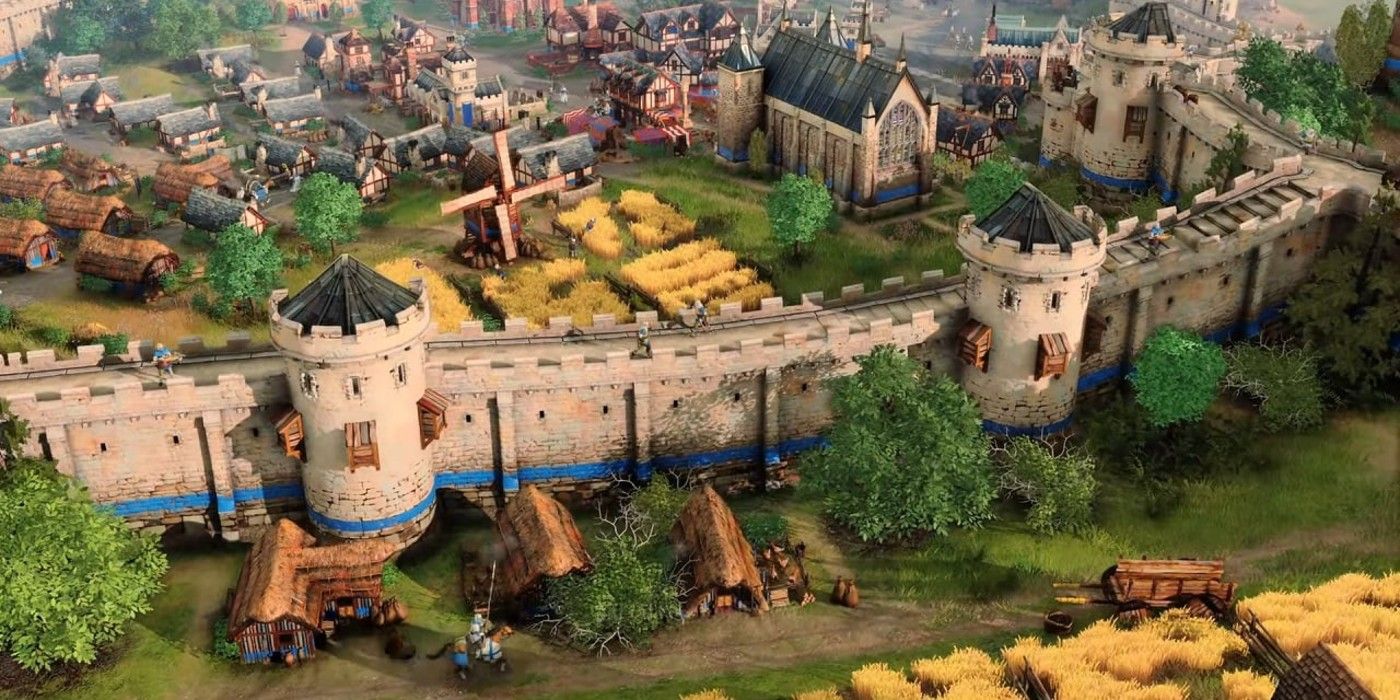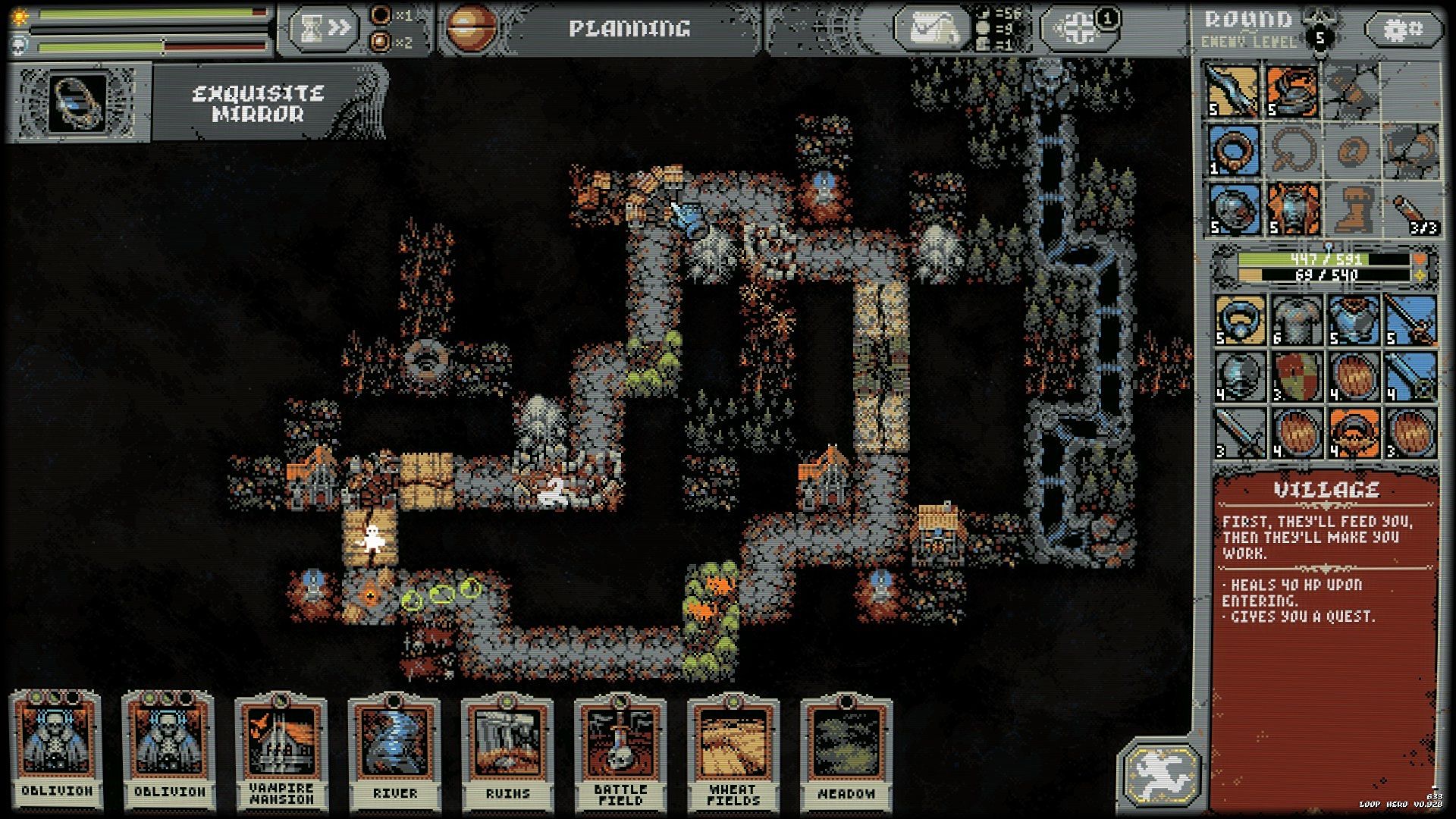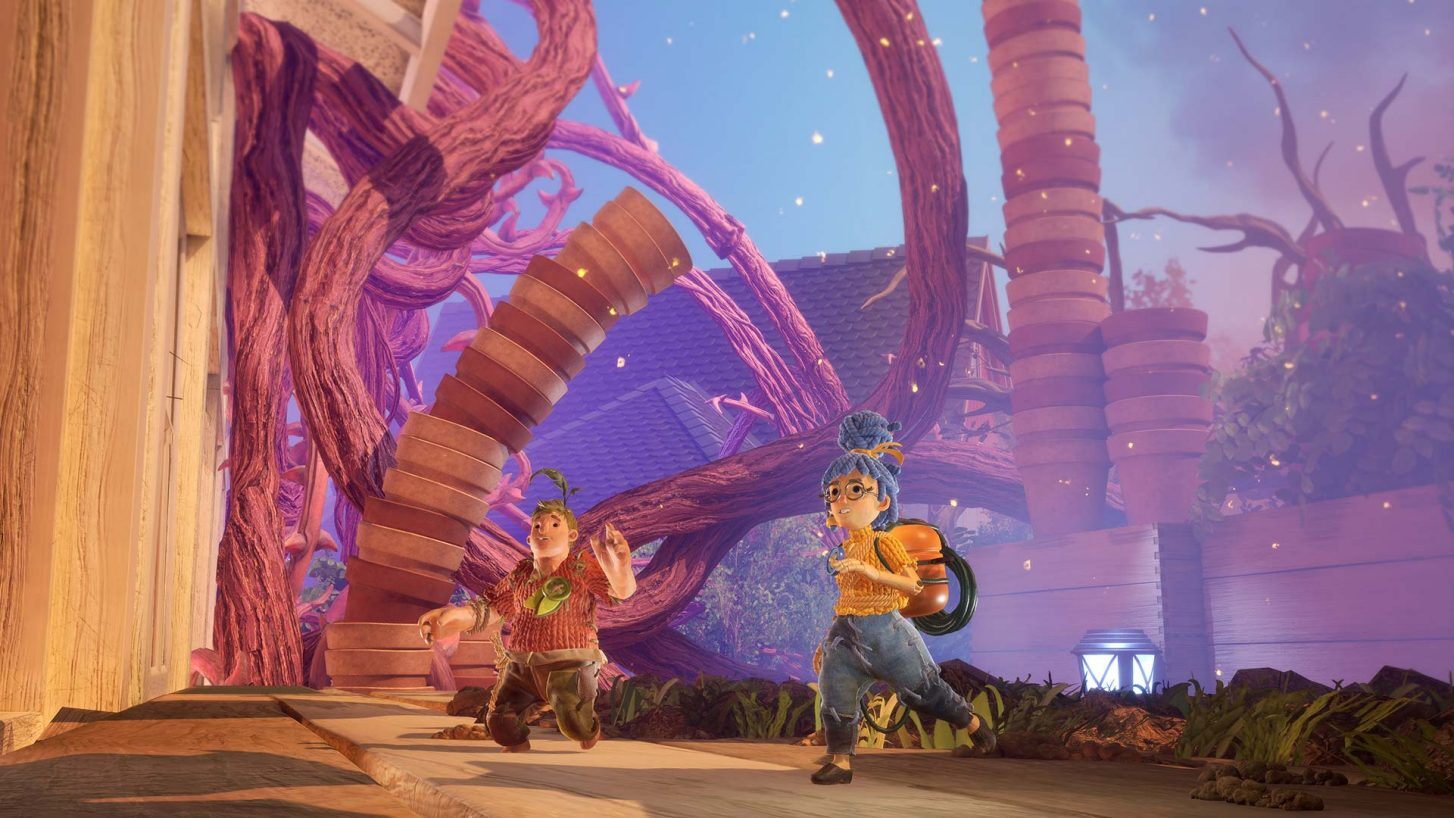Staff Picks: Our Favorite Video Games of 2021
Strategy games, RPGs, and ... marriage counseling?
For the second article in our 2021 Staff Picks series, we rank the games that stood out to us last year! Thanks to continuing supply chain shortages due to COVID-19, the PlayStation 5 was still nearly impossible to find this year, and Nintendo has remained tight-lipped about a follow-up to the Switch. That has resulted in a strange period of limbo between console generations; brand-new games, including ones that made our lists, continue to come out on last-gen systems like the PlayStation 4 alongside the next-gen PS5 and Xbox Series X/S. These lists from Inaki and Evan cover a broad and mutually exclusive set of genres and styles — another reminder of the staggering diversity of the modern games ecosystem. Enjoy!
Inaki

3. Age of Empires IV
Aee-oh-ii IV is a rough product that launched in about the state you would expect given how the three Definitive Editions turned out. In an industry that destroys lives for another layer of unnecessary polish, AoEIV feels oddly under-cooked. It’s so close to Age of Empires II it might as well be a re-make. On top of all of that, the issues I raised with it in my article based on the trailer were, if anything, way too prescient, and I gave the game way too much credit.
And I have been unable to tear myself away from it for more than a day or two at a time.
The fundamental core of the game is solid, highly engaging RTS mechanics made by people with a deep understanding of what makes the genre so fulfilling. The sum of each individual game mechanic snaps together seamlessly to make a whole much bigger than the sum of its parts, and staying on top of the constantly evolving meta is as challenging and rewarding as you could hope for. For all of its many flaws it just feels correct, and going back to the older games feels noticeably less intuitive. The feeling when all the different systems in the game converge into a single moment as the music soars and my soldiers scream their acknowledgement, charging forward as siege engines clank and groan behind them, is simply unparalleled.

2. Haunted PS1 Demo Disc 2021
In between the universally beloved, ubiquitously referenced, endlessly recreated era of 2-D pixel art, and the post-Halo era of so-called AAA games as polished but same-y cultural tentpoles, lies the unloved era of weird baby steps into early 3-D. You know that image that gets passed around social media of a ’90s-era magazine that compares 2-D Symphony of the Night negatively to 3-D Castlevania 64, shared endlessly with the unspoken modern understanding that Symphony of the Night is better? Haunted PS1 Demo Disc is largely about embracing that unloved era of 3-D games. From full games to demos to fun little experiments, Haunted PS1 Demo Disc is a bundle of delights. My personal favorite? The demo version of “Agony of a Dying MMO,” a game I’ve been anticipating for a couple of years now. It very strongly evokes the age of digital decay, of carving out a space for yourself to exist online only to watch it get destroyed.

1. Shin Megami Tensei V
Megaten is many things: idiosyncratic, difficult to approach, and ambitious beyond its technical limitations. This, and the exceedingly lame ’80s edgelord summoning demons with computers! theme is why the games are so beloved, even if they remained relatively niche. But what it hasn’t been up until now is accessible, both in terms of being available on current hardware and having an entry point for people who don’t want to figure out two dozen unexplained mechanics. SMT:V is on every level a triumph, a broad, sweeping JRPG, brutally hard but fair, with nothing but love poured into every aspect of the game. For the first time ever it doesn’t feel like Megaten is fighting against your attempts to play it, but with all of the hard edges and systems-focused gameplay ideas people love about these games wholly, beautifully intact. These games have so much personality in every facet, the dialogue, the lame Satanic Panic era demons-and-computers theming, the relentless feeling of being a stranger in an unfriendly world as your fellow flesh people lose all that makes them human, all of which shines through in this most recent chapter. For the first time since the original game came out in 1987 it feels like technology has caught up to Megami Tensei’s vision of what a video game can and should be.
Evan Minto

3. Loop Hero
I’ve never been one for deck-builders, but Loop Hero gets a pass because it’s got so much that’s right in my wheelhouse. You play as an adventurer roaming a looping path full of monsters — a new randomly generated path per run, in true roguelite fashion. However, instead of directly controlling the adventurer, you simply equip items and place cards on the map while your hero goes on his merry way. Cards can spawn enemies, heal you, or provide resources, which can then be used back at your camp to build structures and unlock new abilities. It’s a deck-builder, auto-battler, tower defense, base-building, and roguelite game all smashed into one, and the result is surprisingly addictive. Like all the best roguelites, there’s a smart balance between the risk/reward tradeoff in each expedition and the persistent upgrades granted during the interstitial building portions, and lots of flexibility in terms of how you work toward the final goal. Topping it off is atmospheric pixel art and an earworm of a soundtrack. Of all the games I’ve played in the past decade, Loop Hero comes the closest to recreating the appeal of FTL. That’s one of the highest compliments I can offer.

2. It Takes Two
The follow-up to Hazelight Studios and Josef Fares’s co-op-only prison break game A Way Out, It Takes Two brilliantly uses player cooperation to tell a story about marriage counseling and divorce. The two players control a husband and wife who have been transformed into tiny dolls and must navigate a series of genre-bending puzzles and obstacles. The twist lies in the asymmetrical gameplay: each character has unique abilities that change depending on the level, and players can only proceed by working together and synchronizing their moves. Not a bad metaphor for making a relationship work, eh? The writing is sharp, funny, and heartfelt, but more than that It Takes Two impressed me with its endlessly evolving gameplay. It’s never the same game from minute to minute; at times a 3-D platformer, a puzzle game, a shmup, and even a 2-D fighting game. At each turn, the meticulous attention to detail and focus on subtly guiding the players make the whole thing feel seamless. From story to gameplay It Takes Two is further evidence of the tremendous range of expression that’s possible in this medium.

1. Metroid Dread
Fans of 2-D Metroid have spent a lonely two decades since the release of Metroid Fusion: nothing but remakes, Prime games, and a certain Team Ninja-developed spinoff that shall not be named. I can’t count myself among them of course, since I spent a large part of 2021 playing through the side-scrolling Metroid games for the first time in preparation for Dread. With the whole series fresh on my mind, I have no qualms declaring Metroid Dread one of the best Metroid games ever made. Like Fusion, it features a responsive movement and combat system (with significant improvements such as melee counters and stealth abilities), but after the first few hours it trades in that game’s tedious linear structure for the free-flowing exploration of Super Metroid. The sprawling world is beautifully rendered — in 3-D for the first time — and features tantalizing bits of environmental storytelling that swing by in the background as Samus dashes past. Dread is a tough game, yes, but even its difficulty is more fair and forgiving than its predecessor, particularly in the realm of checkpoints and mid-fight recovery. This is a wonderful send-up to a beloved franchise and hopefully the beginning of a new era of 2-D Metroid games.
Looking for more 2021 recommendations? Check out our Staff Picks for manga.
